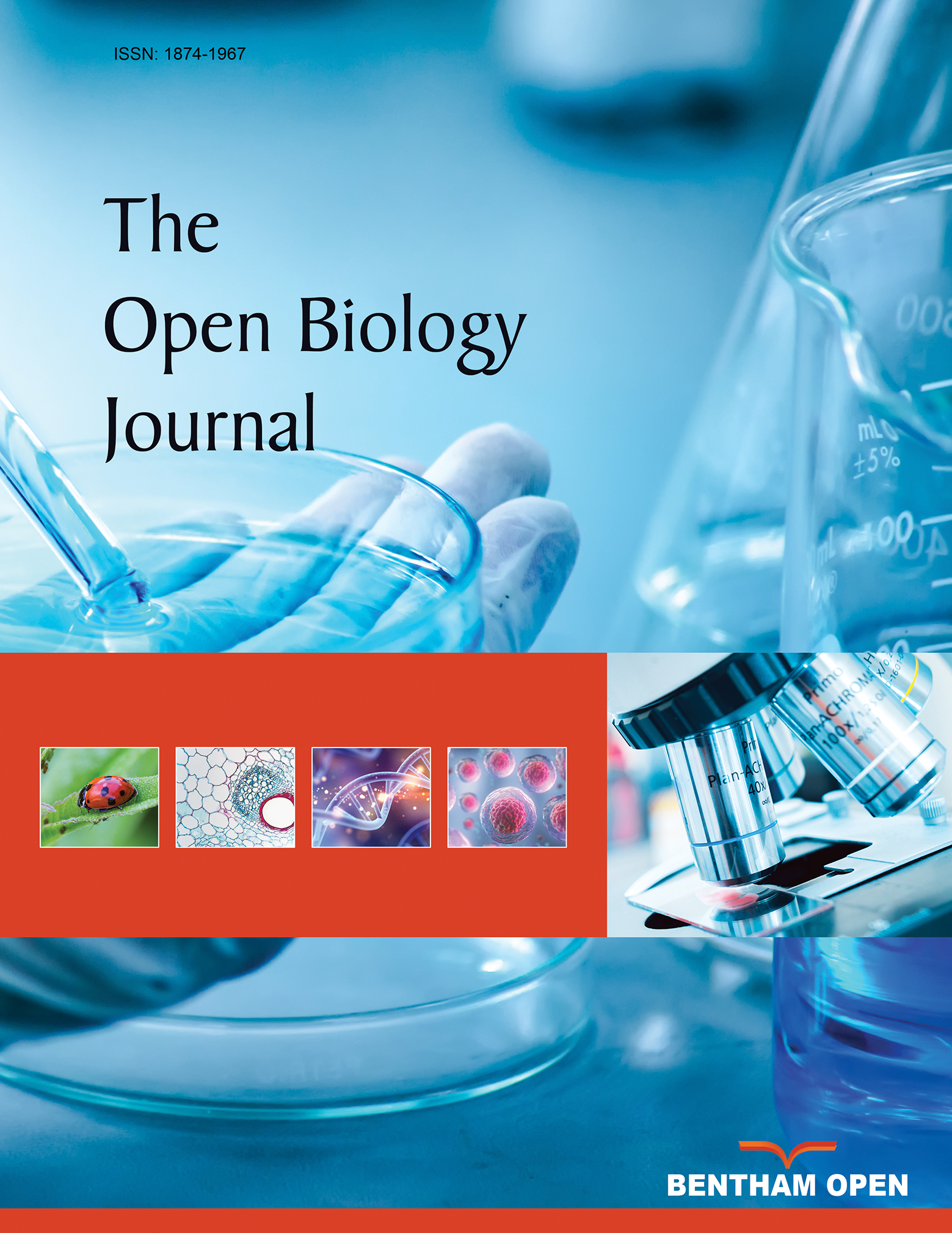All published articles of this journal are available on ScienceDirect.
A Basis of the Crenation of Erythrocyte Ghosts by Electrolytes
Abstract
Erythrocyte ghosts isolated in hemolytic hypotonic buffers, pH 7.0-8.0, 0-4°C were previously observed to be crenated by electrolytes. This shape transformation, which occurred rapidly and reversibly, was attributed to electrostatic interactions of cations with flexible filamentous anionic spectrin, the major protein component of the skeleton and/or anionic phospholipids, since divalent cationic salts crenated at concentrations substantially lower than those of monovalent cationic salts and that crenation appeared unrelated to the anion species. However, crenation by electrolytes was markedly influenced by ionic conditions and temperature. A mechanism of the erythrocyte shape control has been previously suggested in which band 3 (AE1), exchanging the monovalent anions Cl- and HCO3- and linked to spectrin, plays a pivotal role. Briefly, the alternative recruitment of its inward-facing (band 3i) and outward-facing (band 3o) conformations contract and relax the skeleton, thereby promoting echinocytosis and stomatocytosis, respectively. Band 3 transports also other anions, including endogenous inorganic phosphate, but at a slow rate. This mechanism would explain the above observations and would lead to some inferences, one of which is a Cl--dependent crenation by Mg2+ and Ca2+, suggesting that they specifically bind on sites on spectrin.


